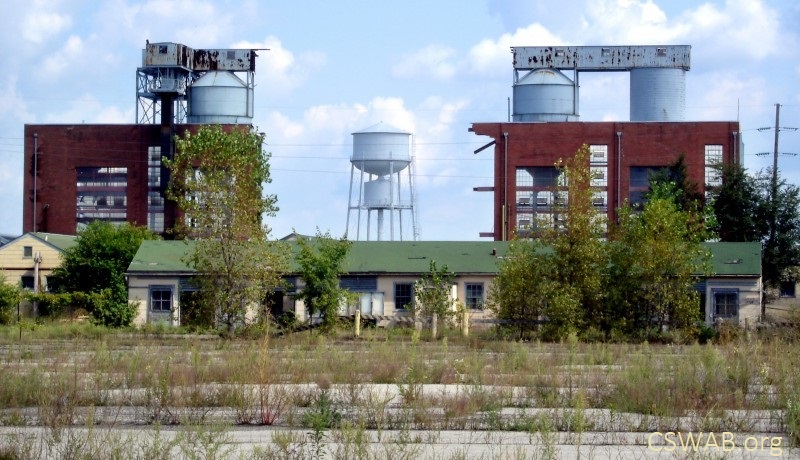 For almost two years now, the Army has denied appeals from neighbors of the former Badger Army Ammunition Plant to include PFAS chemicals in its residential well testing program. This week, as part of an independent review of the military’s groundwater program at Badger, the U.S. Geological Survey (USGS) published recommendations supporting the testing that community members have been calling for.
For almost two years now, the Army has denied appeals from neighbors of the former Badger Army Ammunition Plant to include PFAS chemicals in its residential well testing program. This week, as part of an independent review of the military’s groundwater program at Badger, the U.S. Geological Survey (USGS) published recommendations supporting the testing that community members have been calling for.
These recommendations were formally endorsed yesterday by individual members of the Badger Restoration Advisory Board including representatives of Sauk County, Village of Sauk City, Town of Merrimac, Village of Merrimac, City of Baraboo, Town of Prairie du Sac and Citizens for Safe Water Around Badger (CSWAB). The recommendations will be submitted to the Army this week as formal public comment.
Per- and polyfluoroalkyl substances (PFAS) are toxic man-made chemicals that are very persistent and mobile in the environment, creating huge groundwater contaminant plumes that readily migrate miles from source areas. PFAS are very persistent in the environment and in the human body – meaning they don’t break down and they can accumulate over time. Exposure to certain forms of PFAS is associated with low infant birth weights, effects on the immune system, cancer and thyroid hormone disruption.
In its May 22 report to members of the Badger Restoration Advisory Board, USGS emphasized that the highest detected levels in groundwater are at the southern plant boundary where total concentrations of eight (8) PFAS chemicals were measured at 84 parts per trillion (ppt). Wisconsin health-based standards are still pending however other states like Vermont and Massachusetts have adopted a drinking water health advisory of 20 ppt for similar mixtures.
“Because of the relatively high mobility of PFAS and highly transmissive aquifer system, PFAS compounds might have moved beyond the (Badger) boundary and possibly under or beyond the Wisconsin River,” USGS wrote. “It is recommended, as a precautionary measure, to sample for PFAS in selected residential wells and across the River, if possible.”
Farther away at the northwest corner of the Badger property, soil sampling at the Army’s former fire training area detected PFAS at deeper depths and in saturated conditions. As a result, USGS said that “PFAS is likely in the groundwater in that area.”
Contaminated soils from this fire training area were disposed of in a landfill on the east side of Badger however no soil or groundwater samples were collected in this area. Given the landfill’s proximity to a known groundwater contaminant plume, the availability of monitoring wells near the landfill, and the presence of numerous residential wells in its path, USGS recommended that groundwater in this area is also tested for PFAS.
USGS Comments on Badger PFAS Study 22 May 2020
Considine Erpenbach PFAS Support Letter Army October 2018
PFAS Investigation Badger Army Ammunition Plant March 2020
